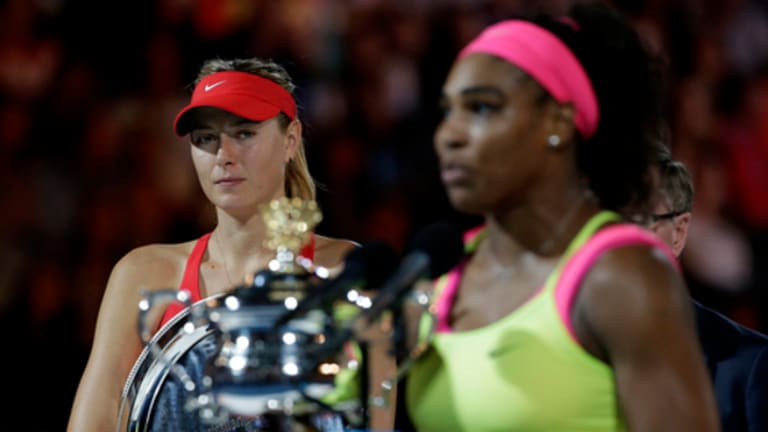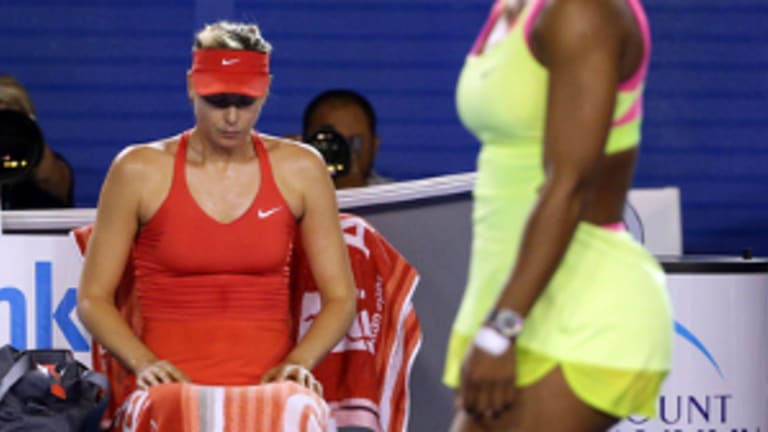The first thing that must be said of the 2015 Australian Open women’s final is that none of it was a surprise. From the first point to the last, from the champion’s show of skill to the runner-up’s show of will, we got everything we expected.
With her opening swing of the match, Serena Williams battered a backhand return down the line. As well-prepared as her opponent, Maria Sharapova, must have been, she still looked jarred by the shot, and she immediately dropped serve. With one feel swoop, Serena, who hasn’t lost to Sharapova since the first George W. Bush administration, was a step ahead of her again.
An hour and 51 minutes later, with her closing swing of the match, Serena hit an ace to win the second-set tiebreaker, her sixth Australian Open, her 19th Grand Slam singles title, and her 16th straight meeting with Sharapova, 6-3, 7-6 (5). Does Serena finish big matches any other way? If she does, it’s hard to remember them. In this case, only an ace, her 18th of the evening, would do. More than ever, it was Serena’s serve, a shot she describes as “mean,” that spelled the difference between her and the world's No. 2-ranked player.




